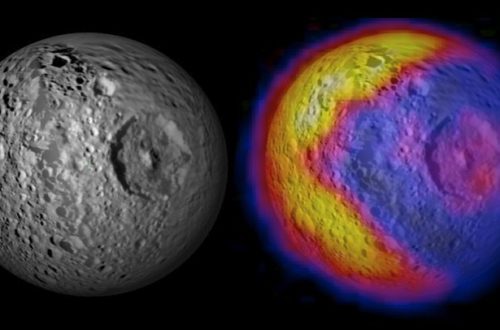How Does Space Fever Affect an Astronaut’s Health?

We’ve been sending men and women into space since the late 1960s, and we’ve spent the better part of the last 60 years studying the effect that space travel has on the human body. Recently, we’ve discovered a new and potentially dangerous side effect of living and working in microgravity environments: space fever.
What is space fever, and how can it affect the health of the astronauts who live and work on the International Space Station?
What Is Space Fever?
When you’re on Earth, as long as you are not ill, your normal body temperature is 98.6 degrees Fahrenheit or 37 degrees Celsius. When you become sick and your body is fighting an infection, it causes your body temperature to climb higher. If it gets too high, you can experience seizures and other ill effects.
Recent studies of astronauts’ vital signs have found that they tend to have a higher base body temperature than they would on Earth, by 1.8 degrees Fahrenheit or 1 degree Celsius. It becomes harder for their bodies to naturally perform thermoregulation.
What effect can this have on the astronaut’s health?
The Negative Effects of Space Fever
A slightly higher core body temperature isn’t necessarily a negative thing, overall. The risk becomes greater when the astronauts exercise.
Exercise is essential in low-gravity environments. Without it, astronauts who spend long stretches of time in outer space are at risk of losing muscle mass and bone density. Unfortunately, exercise also increases their body temperature, sometimes to a dangerous high of 104 degrees Fahrenheit (40 degrees Celsius).
The body doesn’t work as well at higher temperatures. When it’s consistently kept at higher temperatures, your neurotransmitters and enzymes don’t function the way they should. This change makes it harder for your body and brain to work properly.
High fevers — higher than 102 degrees Fahrenheit or 38.8 degrees Celsius — can cause a host of long-term problems if left unchecked, up to and including cell damage and even cell death. In the astronaut’s case, these high internal temperatures are nearly constant, which could lead to a host of lasting health problems that the space agencies haven’t had a chance to study yet.
The Future of Space Travel
So what does all this mean for the future of human space travel?
Well, we still have a lot to learn about the potential impact that an elevated body temperature might have on humans during longstanding space travel. No astronauts have spent enough time in space to mimic the effects of a long trip to Mars or other areas in our solar system.
We also don’t know how things that haven’t been invented yet, such as artificial gravity, might affect the astronaut’s perpetually elevated body temperature. Is it just the lack of gravity in space that’s causing the higher temperatures, or is it a combination of other environmental factors?
It’s also possible that we will be able to continue with space exploration if we can create a way to cool astronaut’s bodies while they’re in space — either by utilizing some form of cryosleep or artificial hibernation that will allow them to remain cool while they sleep.
It’s almost ironic that astronauts are experiencing a fever in an area that, outside of their pressurized habitats, usually lingers around absolute zero for temperature — -459.67 degrees Fahrenheit or -273.15 degrees Celsius. Further study will have to be completed before we can determine whether or not long-term space stays are a possibility at our current technology level. As much as we want to explore the universe, we need to make sure we can do it safely before we leave our planet behind for good.
Would you like to receive similar articles by email?





